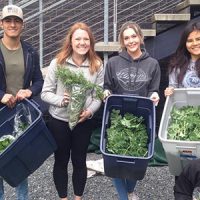The Weekly Dirt 12.8.21
12.8.21
Around The Farm
by Kove Janeski, UW Farm Student Staff
Seed Saving Season
As the growing season wraps up in the PNW, the UW Farm team is hard at work threshing, collecting, counting, and storing seeds for the future. Seed saving is an important task for many farms and gardens that aim to be more sustainable and cost-effective.
At the farm, we collect seeds from the most productive open-pollinated and self-pollinated plants throughout the growing season to pass on genes that are more likely to be regionally adapted to the microclimate at UW.
UW Farm Weekly Dirt: Seed Saving Season
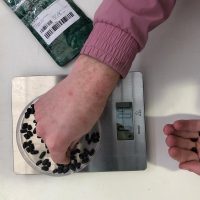
Around the Farm: Seed Saving Season by Kove Janeski, UW Farm Student Staff
As the growing season wraps up in the PNW, the UW Farm team is hard at work threshing, collecting, counting, and storing seeds for the future. Seed saving is an important task for many farms and gardens that aim to be more sustainable and cost-effective.
At the farm, we collect seeds from the most productive open-pollinated and self-pollinated plants throughout the growing season to pass on genes that are more likely to be regionally adapted to the microclimate at UW.
December 2021 Plant Profile: Western White Pine and White Pine Blister Rust

Western white pines (Pinus monticola) are five-needled pines that are native from southern British Columbia to southern California. In the northern parts of their range, including in western Washington, they can be found from sea level up to about 5,000 feet in elevation. As their range extends southward they are found at higher elevations. Western white pines are often found in sites with low-nutrient, gravelly soils, where they compete successfully with other native conifers such as Douglas-firs.
Read moreThe Weekly Dirt 12.1.21
12.1.21
Around The Farm
by Liran Zimand, UW Farm Student Staff, HFS & Athletics Produce Sales Lead
I have been working on the farm since March of this year, but I have been a member of the UW Farm Club Dirty Dozen since my first week on campus as a freshman in 2019.
The name "Dirty Dozen" originates back to the founders of the UW Farm.
UW Farm Weekly Dirt: Around the Farm
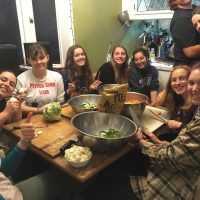
by Liran Zimand, UW Farm Student Staff, HFS & Athletics Produce Sales Lead
I have been working on the farm since March of this year, but I have been a member of the UW Farm Club Dirty Dozen since my first week on campus as a freshman in 2019.
The name “Dirty Dozen” originates back to the founders of the UW Farm.
The Weekly Dirt 11.24.21
11.23.21
Around The Farm
by Perry Acworth, UW Farm Manager
photo: Rawpixel.com/Shutterstock
All over the nation many individuals and families will be celebrating Thanksgiving this week. What that looks like depends on several factors, including where you live, access to food, and history of your culture. There are regional differences and different views on this holiday.
November is also Native American Heritage Month and as a result, many resources elaborating on this US tradition, which formerly began with a presidential proclamation in 1991, are readily available.
UW Farm Weekly Dirt: Reflections on Native American Heritage Month
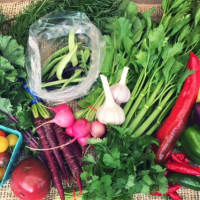
Around The Farm
All over the nation many individuals and families will be celebrating Thanksgiving this week. What that looks like depends on a number of things, including where you live, access to food, and history of your culture. There are regional differences and different views on this holiday.
November is also Native American Heritage Month and as a result many valuable sources of this American (or European) tradition are readily available.
Gender Identity- Staff Conversations #7

Last week was the 7th installment of Staff Conversations, a series developed by the Equity and Justice committee consisting of staff from UW Botanic Gardens and Arboretum Foundation. The goal of Staff Conversations is to move our organizations towards more equitable and inclusive programs, organizations and practices by engaging staff in the discovery, learning and implementation of equitable and antiracist practices.
Read moreFeatured Plants from the Washington Park Arboretum
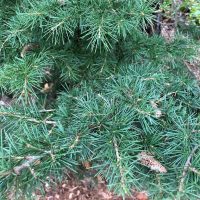
1) Cedrus libani ‘Nana’ Dwarf Cedar of Lebanon
Cedar of Lebanon forests once covered vast areas of the eastern Mediterranean, but 5,000 years of human impacts have left wild populations restricted to mountainous regions of Turkey, Syria, and Lebanon.
The resin from the Cedrus libani was used by Egyptians for embalming their dead.
This dwarf cultivar usually grows to about 15 feet tall and wide, while the species can reach over 100 feet tall.
